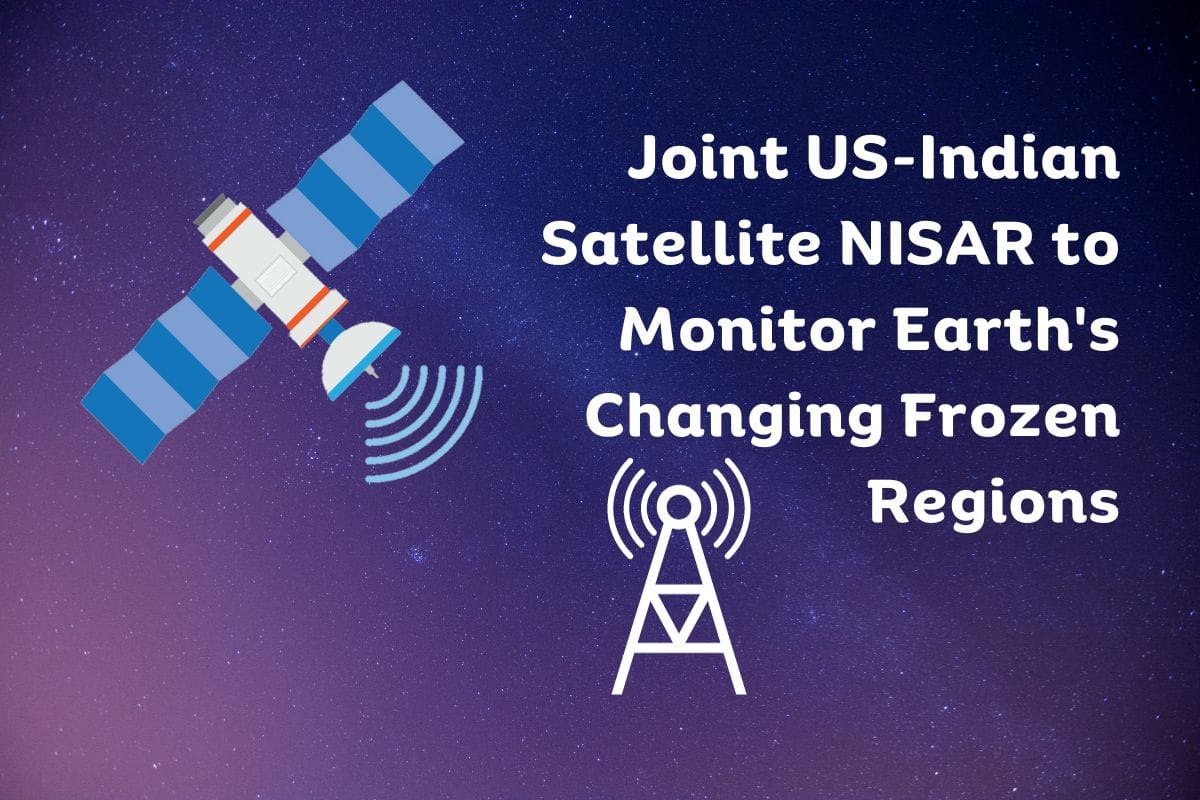
The collaborative effort between ISRO and NASA, the NISAR radar satellite, set to launch in January 2024, aims to measure vital Earth signs related to frozen regions. This includes monitoring wetland health, ground deformation caused by volcanoes, and the dynamics of land and sea ice.
Comprehensive Insight into Earth’s Cryosphere
Named NASA-ISRO Synthetic Aperture Radar (NISAR), the satellite will offer an unprecedented view of motion and deformation in Earth’s ice- and snow-covered environments, collectively known as the cryosphere. The insights will contribute to understanding small-scale processes affecting significant changes in ice sheets worldwide.
Target Launch Readiness in January 2024
ISRO has set the target launch readiness date for NISAR in January 2024. The satellite is expected to observe nearly all of the planet’s land and ice surfaces twice every 12 days, providing comprehensive coverage for monitoring Earth’s cryosphere.
NISAR’s Role in Understanding Global Ice Dynamics
The satellite’s dual radar systems, an L-band system with a 10-inch wavelength and an S-band system with a 4-inch wavelength, will enable researchers to study ice dynamics in various regions, including Antarctica’s far interior. NISAR’s observations will contribute to understanding changes in ice flow, especially in critical areas like where ice meets the ocean.
Significance for Global Sea Level Rise Predictions
Antarctica’s ice sheets, holding the largest reservoir of frozen fresh water, are crucial for sea level rise predictions. NISAR’s enhanced coverage, particularly over Antarctica, will aid in studying ice shelf dynamics, contributing to improved predictions of ice loss and its impact on global sea levels.
Utilizing Satellite-Based Communication Systems for Resilience
To mitigate potential disruptions to undersea cables during a conflict, Taiwan is exploring satellite-based communication systems. By strategically placing satellite receivers across the island, Taiwan aims to maintain government stability and ensure accurate information dissemination, particularly during times of crisis.
Collaborative Effort and Historical Significance
NISAR marks a historic collaboration between NASA and ISRO, representing the first time the two agencies have cooperated on hardware development for an Earth-observing mission. With contributions from both entities, NISAR is poised to deliver critical insights into Earth’s changing frozen regions.


Leave a Reply